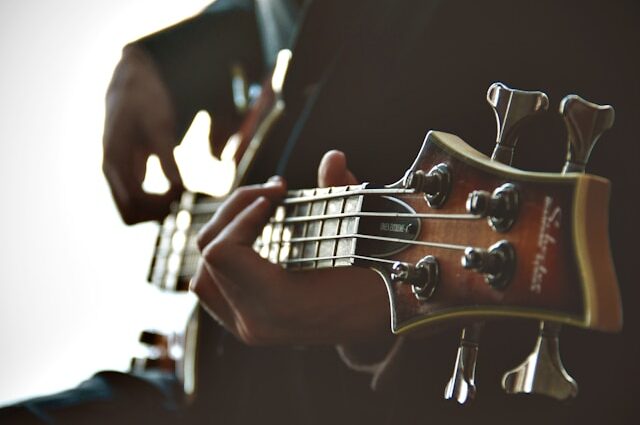When Bungie began developing the first installment of the iconic Destiny series, their goal extended beyond stunning visuals and gameplay mechanics. They aimed to craft a deeply emotional soundtrack, an integral part of the immersive gaming experience. To achieve this, they enlisted Paul McCartney, the legendary member of The Beatles, whose contributions left an indelible mark on the cultural legacy of the gaming industry.
How Paul McCartney Was Brought on Board
The idea of collaborating with Paul McCartney emerged through an agency that connected Bungie with world-class talent. McCartney’s involvement was inspired by his earlier work on the Rock Band Beatles Edition. This project introduced him to video games as a powerful medium for artistic expression. Fascinated by the prospect of venturing into new creative territory, McCartney agreed to collaborate, a decision Bungie’s lead composer, Marty O’Donnell, described as a “dream come true”.

Paul Mccartney with Destiny`s composers Marty O’Donnell and Michael Salvatory
O’Donnell recounted the experience of working with McCartney as an extraordinary opportunity: “Collaborating with Paul was like living a fantasy I didn’t dare to dream of.” McCartney actively participated in the process, not only composing but also contributing ideas on how the music could integrate with the game’s mechanics, enhancing the emotional resonance of the player experience
Musical Contributions: From “The Traveler” to “Hope for the Future”

Paul Mccartney at Hope for the future presentation, 201
McCartney’s most notable contributions include co-writing several tracks for Destiny, such as the ethereal theme The Traveler. However, his standout work was the pop song Hope for the Future, which became the only non-classical track in the game’s symphonic soundtrack. The song served as an emotional culmination of the game, amplifying its grandeur and message of hope.
The idea of including a pop song alongside the game’s orchestral compositions arose during discussions about Destiny’s overarching themes. McCartney’s vocals added a personal touch, perfectly embodying the game’s aspirational narrative. The accompanying music video for Hope for the Future took viewers on a journey through all the in-game locations available at launch, including Earth, Venus, the Moon, Mars, and Mercury, reinforcing the connection between the melody and the game’s visual universe.
The Impact on Gaming and Music Industries
Paul McCartney’s involvement demonstrated that video games had matured into a cultural phenomenon. His work underscored the potential of music to transcend traditional media boundaries and enhance interactive storytelling.
Michael Salvatori, another renowned composer and long-time collaborator of Marty O’Donnell, also played a crucial role in shaping the Destiny soundtrack. Salvatori, known for his work on the Halo series, brought an academic rigor to the compositions, ensuring that the music resonated with both players and critics. Together with McCartney, he helped set a new standard for video game soundtracks.
A Lasting Legacy
McCartney’s contributions to Destiny continue to influence the franchise. Some of his original melodies are set to return in the upcoming expansion The Final Shape, highlighting the timeless appeal of his work. This reuse of his compositions underscores their enduring relevance and emotional power.
The integration of McCartney’s music into Destiny transformed perceptions of gaming soundtracks. It demonstrated how art and technology could converge to create experiences that resonate with millions, bridging the worlds of gaming and music.
In conclusion, the partnership between Bungie and Paul McCartney was a groundbreaking moment for the gaming industry. It showcased the creative potential of merging traditional and modern art forms, setting a benchmark for future collaborations. This unique synergy of music and gaming remains a testament to the transformative power of innovation and artistry.

Comments are closed, but trackbacks and pingbacks are open.